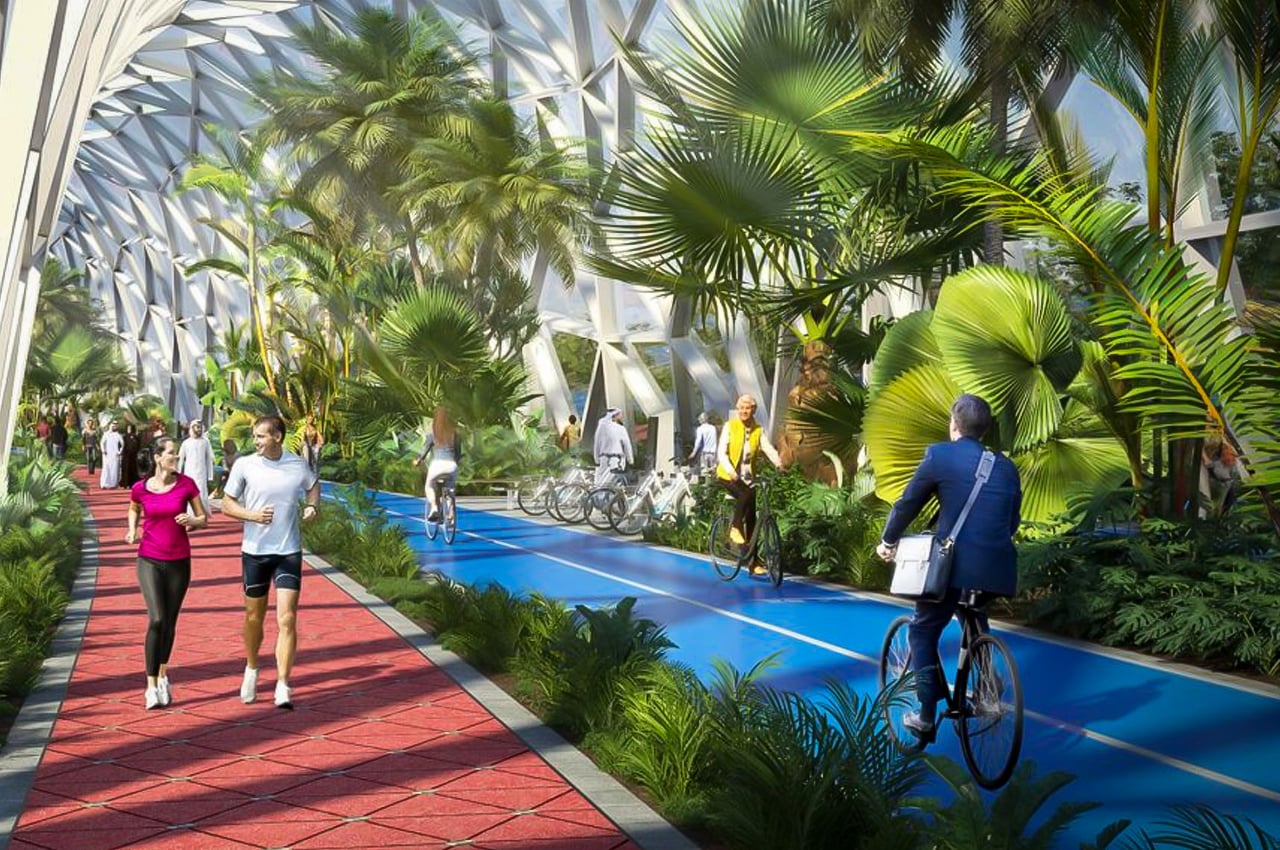
Say hello to the world’s smartest running and cycling infrastructure – the Loop. Located in Dubai, the Loop is a 93 km sustainable urban highway designed by URB. Designed to be a zero-emission transport system, it aims to connect more than 3 million residents using a healthy mode of transportation – one that involves walking and cycling. The Loop utilizes kinetic energy to run on 100% renewable energy, and it is also irrigated with 100% recycled water.
Designer: URB
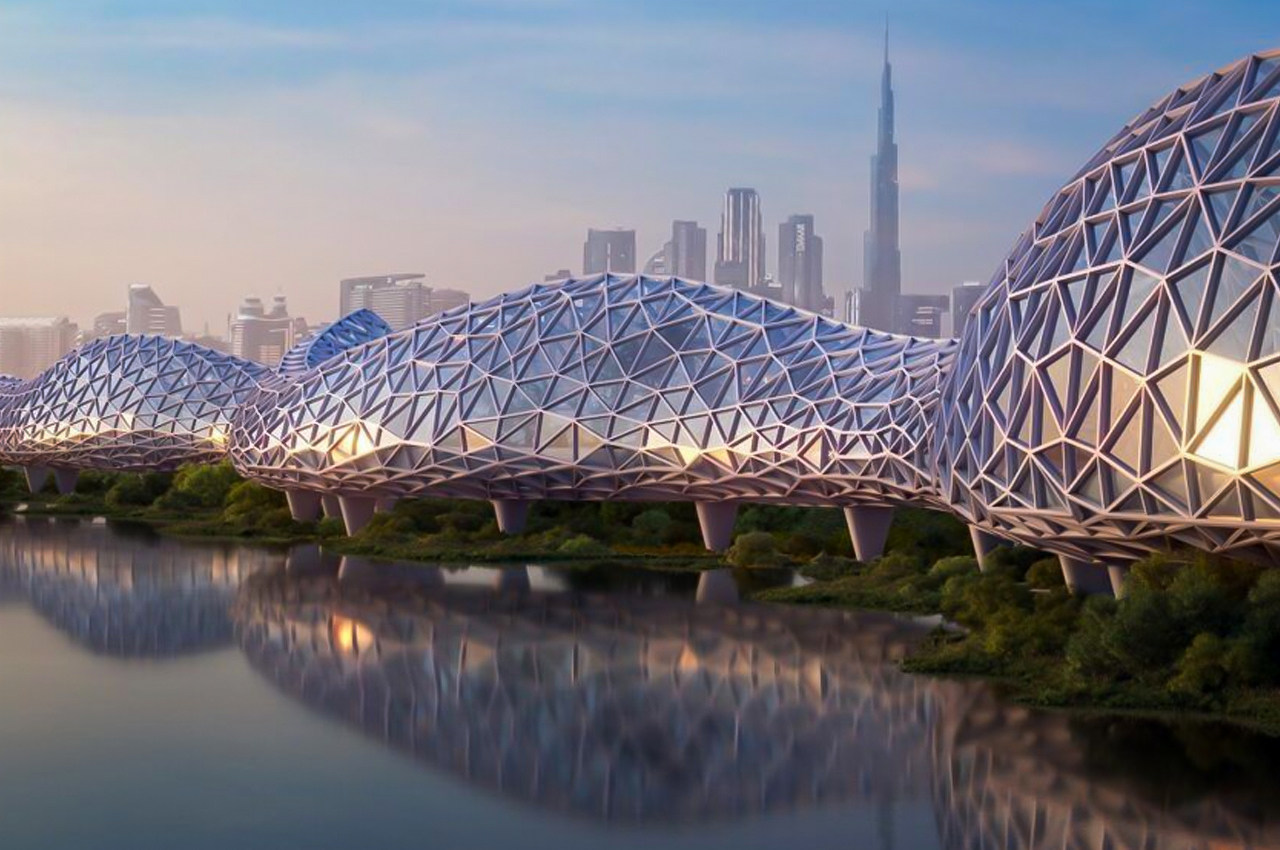
With the Loop, URB plans to change and transform how people get around and commute in Dubai. Since, at the moment, the city is overrun by cars, and hence with the Loop they want to make a smooth and efficient switch to more eco-friendly modes of transportation. The environment of the highway will be controlled all year long, in turn, encouraging walking, running, and cycling among residents of the city. Around 80% 0f residents will be encouraged to cycle and bike within the next few years.
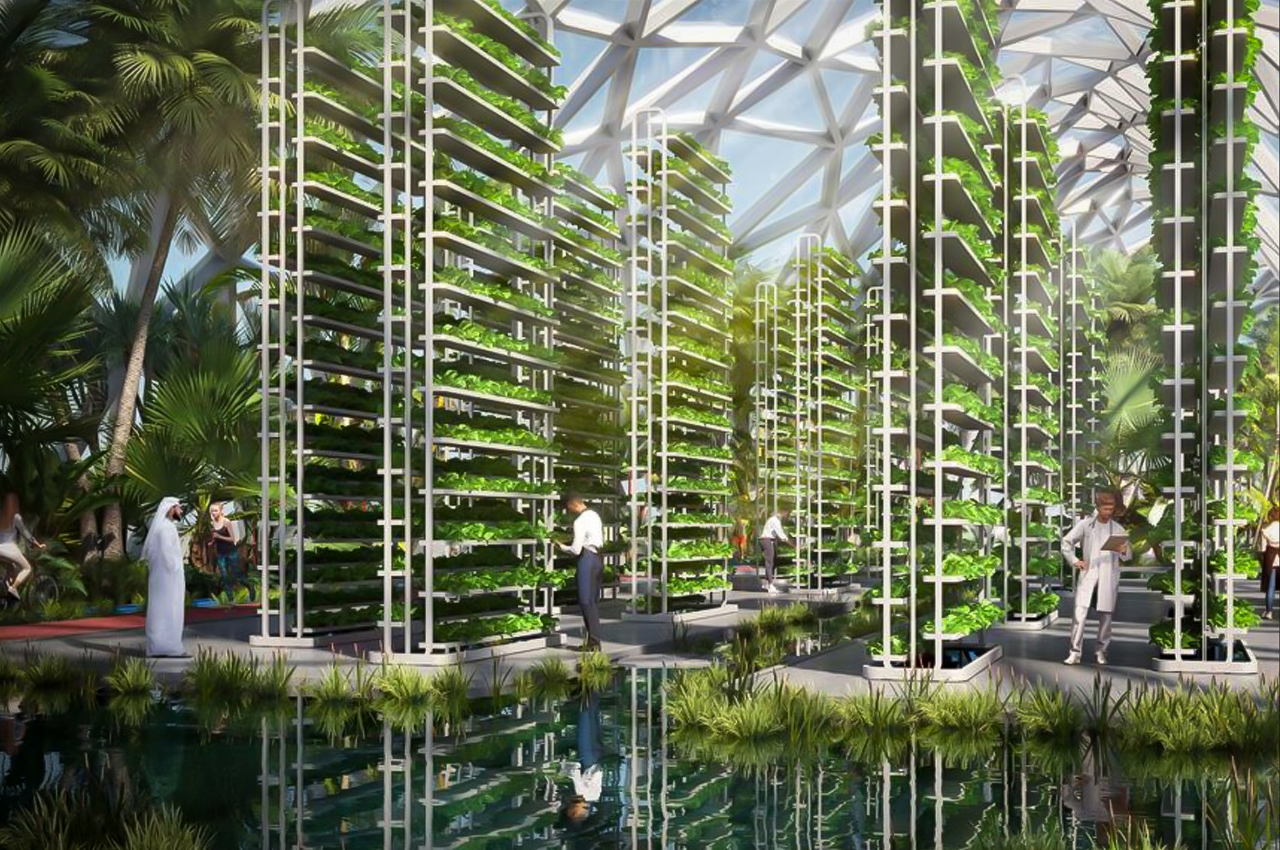
“Dubai is the best place for entrepreneurship in urban mobility. THE LOOP project is an embodiment of that entrepreneurial spirit, which aims to make Dubai the most connected city on earth by foot or bike. In Europe, most people ride bicycles or walk to get to work. In Dubai, our aim is to get more than 80% of people to use a bike on a daily basis,” said URB.
By encouraging people to walk, run or cycle not only does the Loop support eco-friendly modes of commute, but it also boosts and encourages public health. It will nudge people to be more active, and use their feet, and transform Dubai into a “20-minute city”, ensuring that residents are within 20 minutes of major attractions by bicycle or foot. This will encourage people to bypass cars, and instead opt to walk or cycle so they can reach places faster.
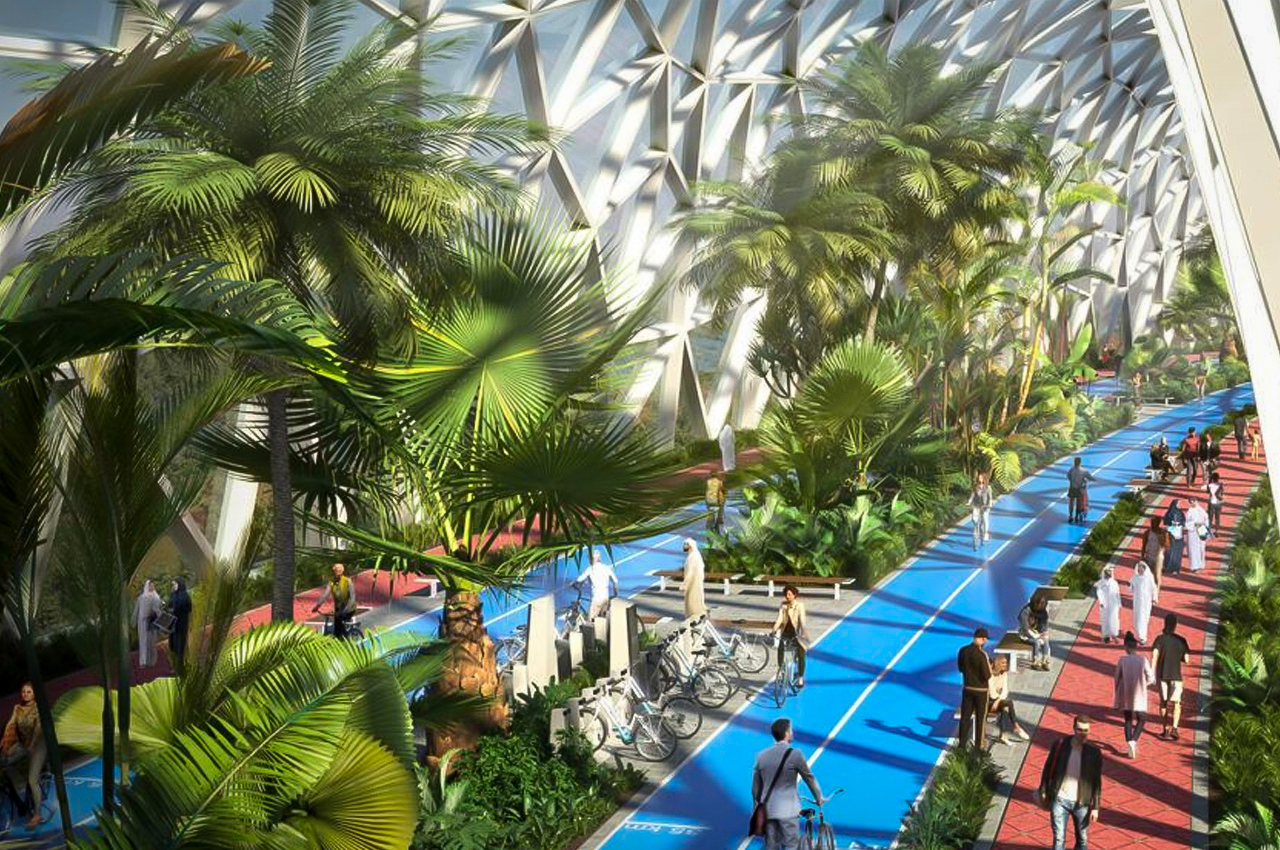
The interiors of the smart and sustainable highway are designed to be biophilic – that is it is full of plants, and loads of greenery. It will be a highway-park hybrid that will feature waste recycling stations and kinetic energy tracks that supply power to the smart energy grid.

The post Smart sustainable urban highway that runs on 100% renewable energy to open up in Dubai first appeared on Yanko Design.
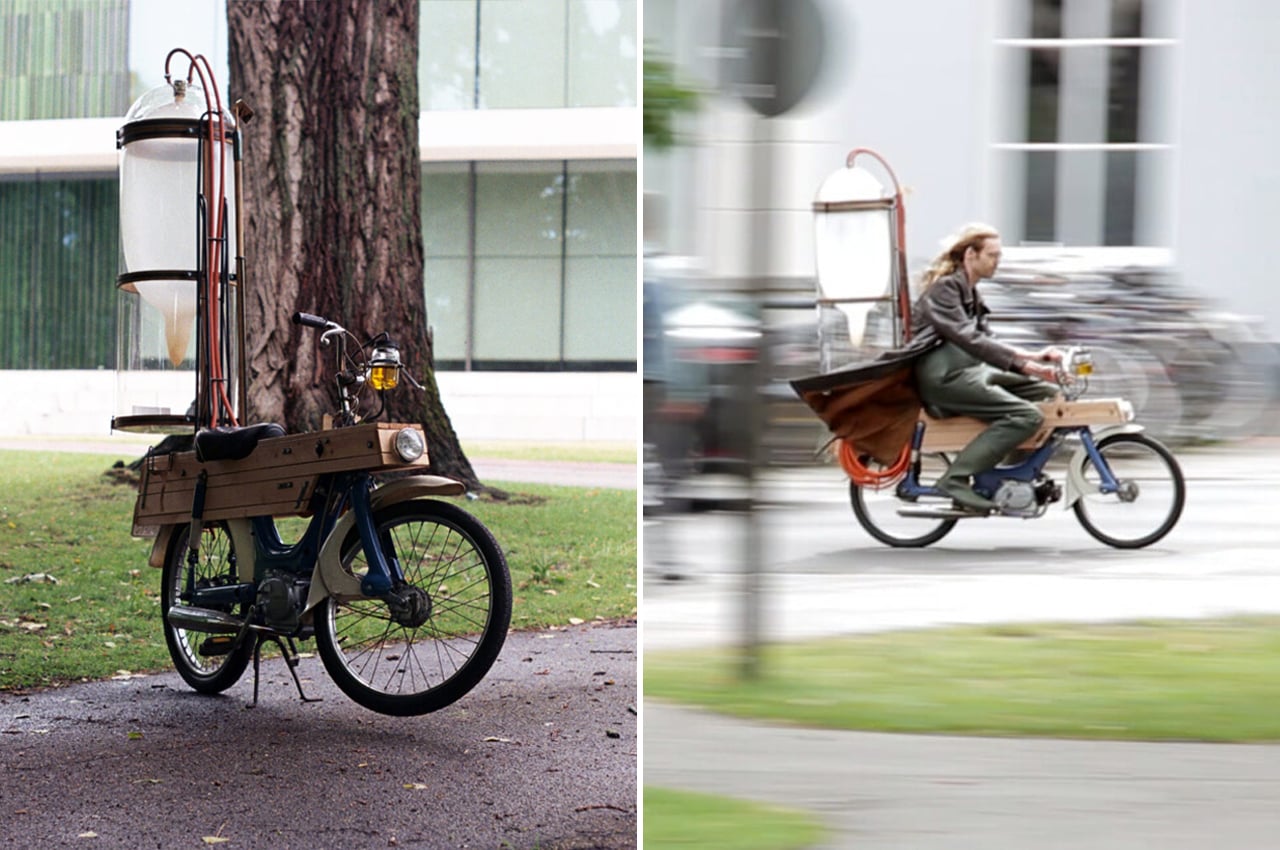
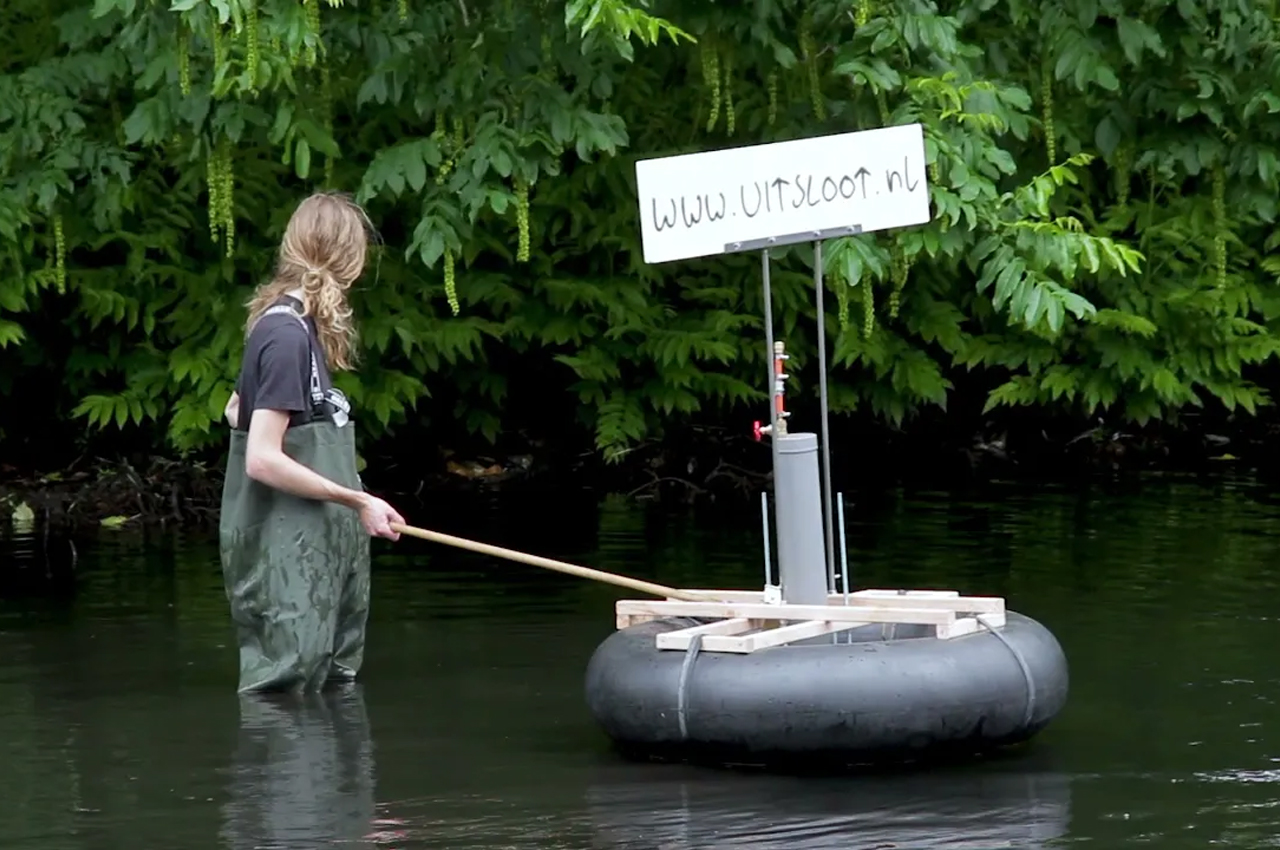
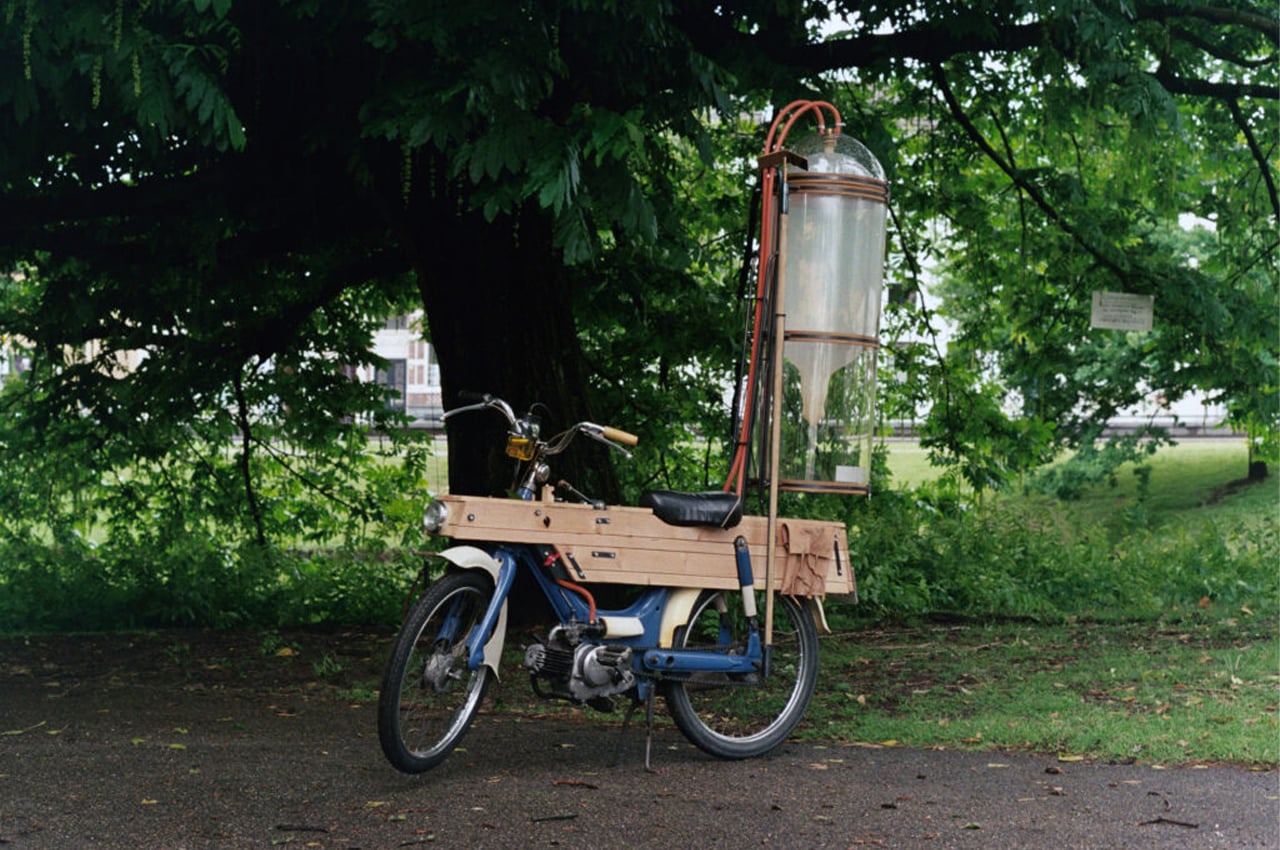
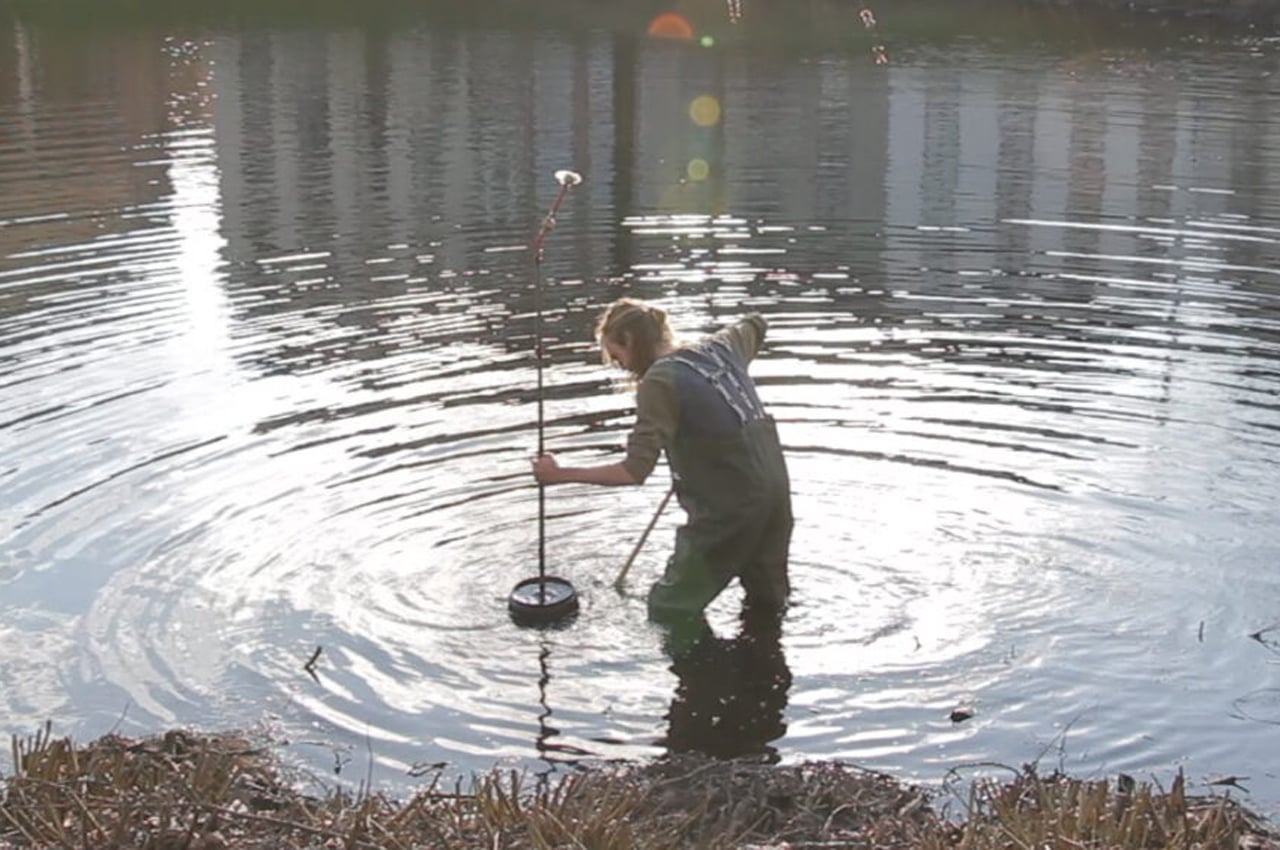
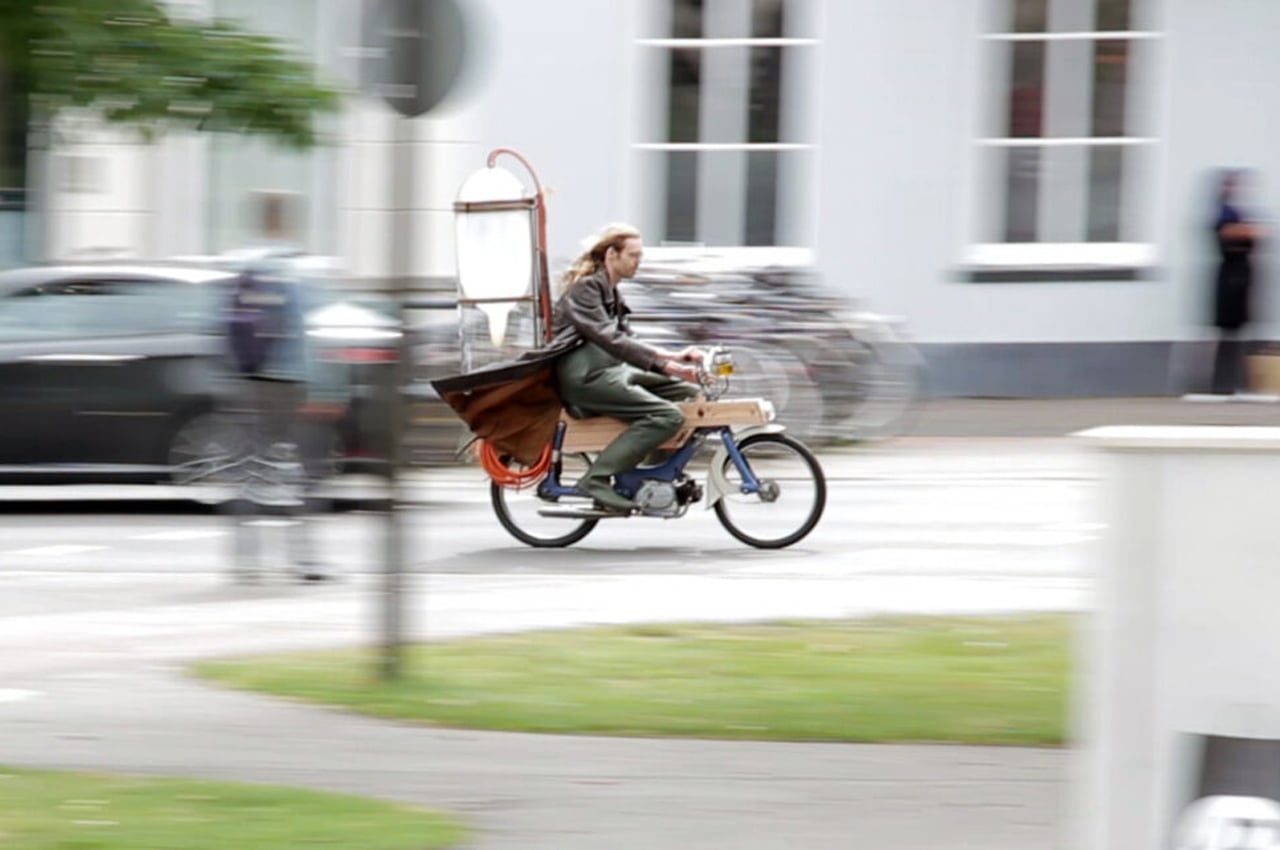
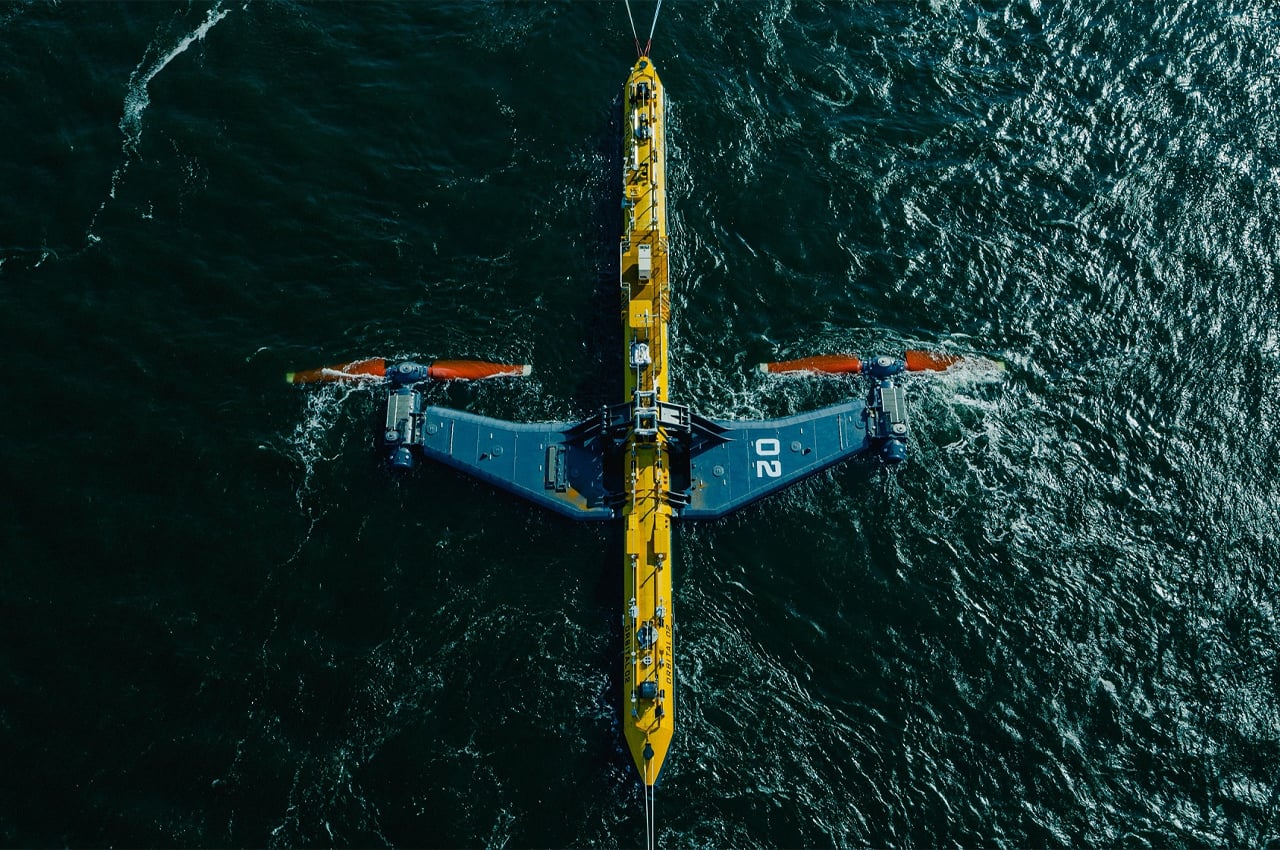
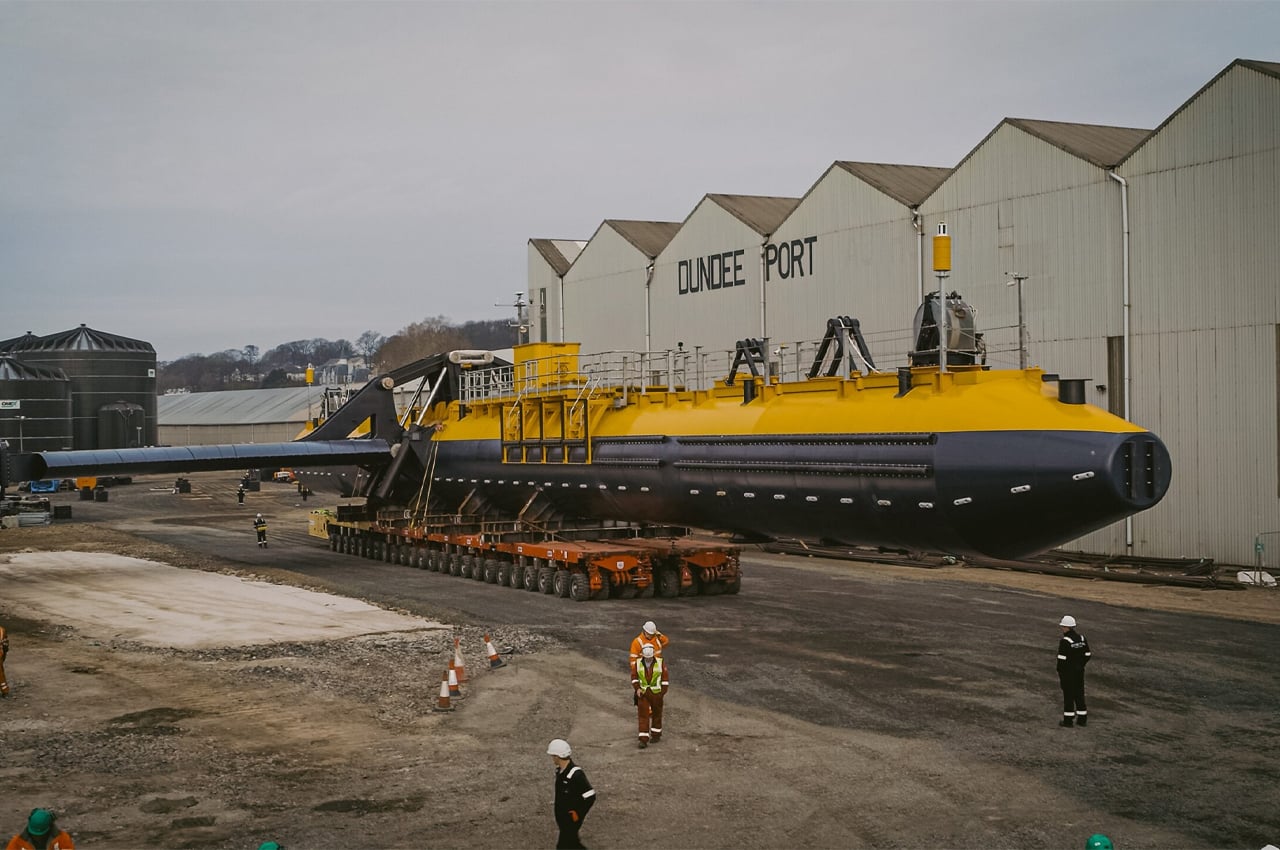
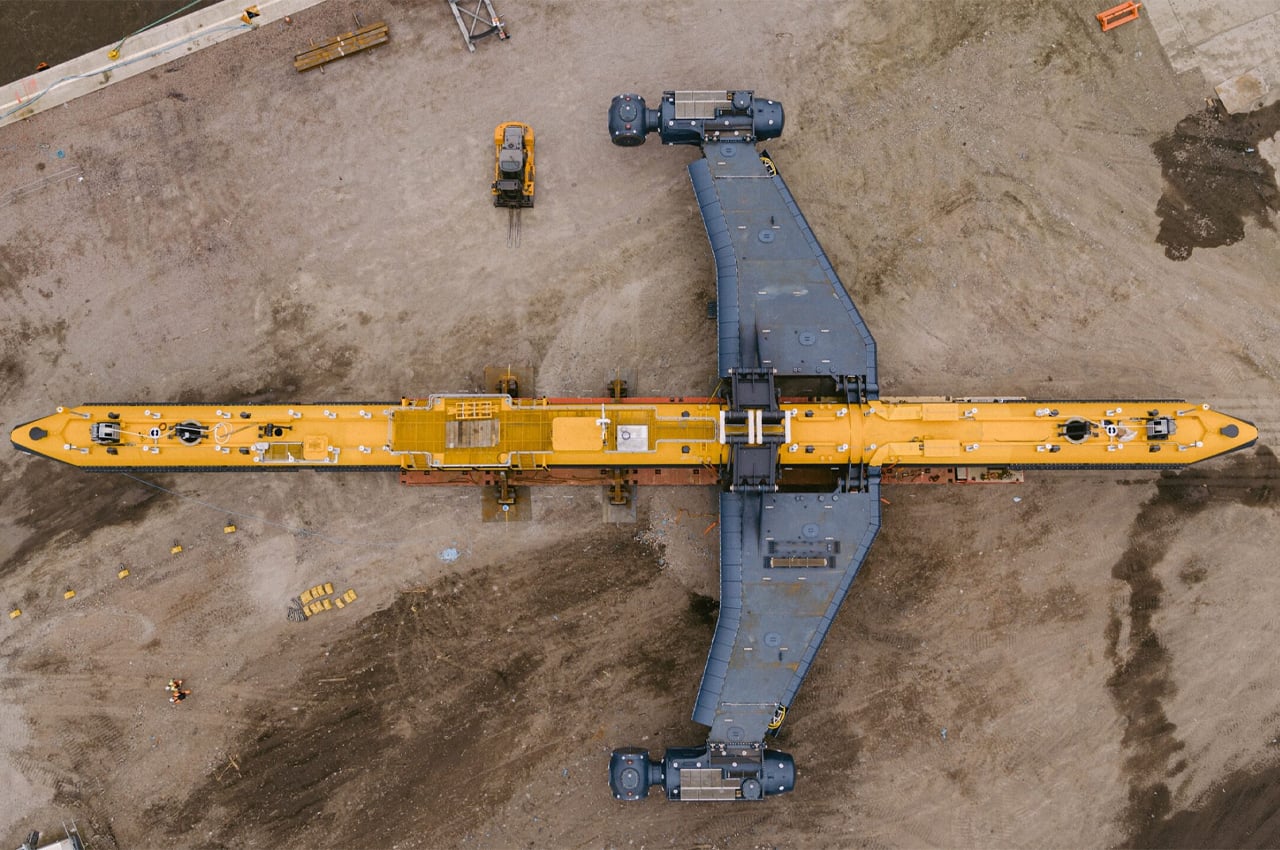
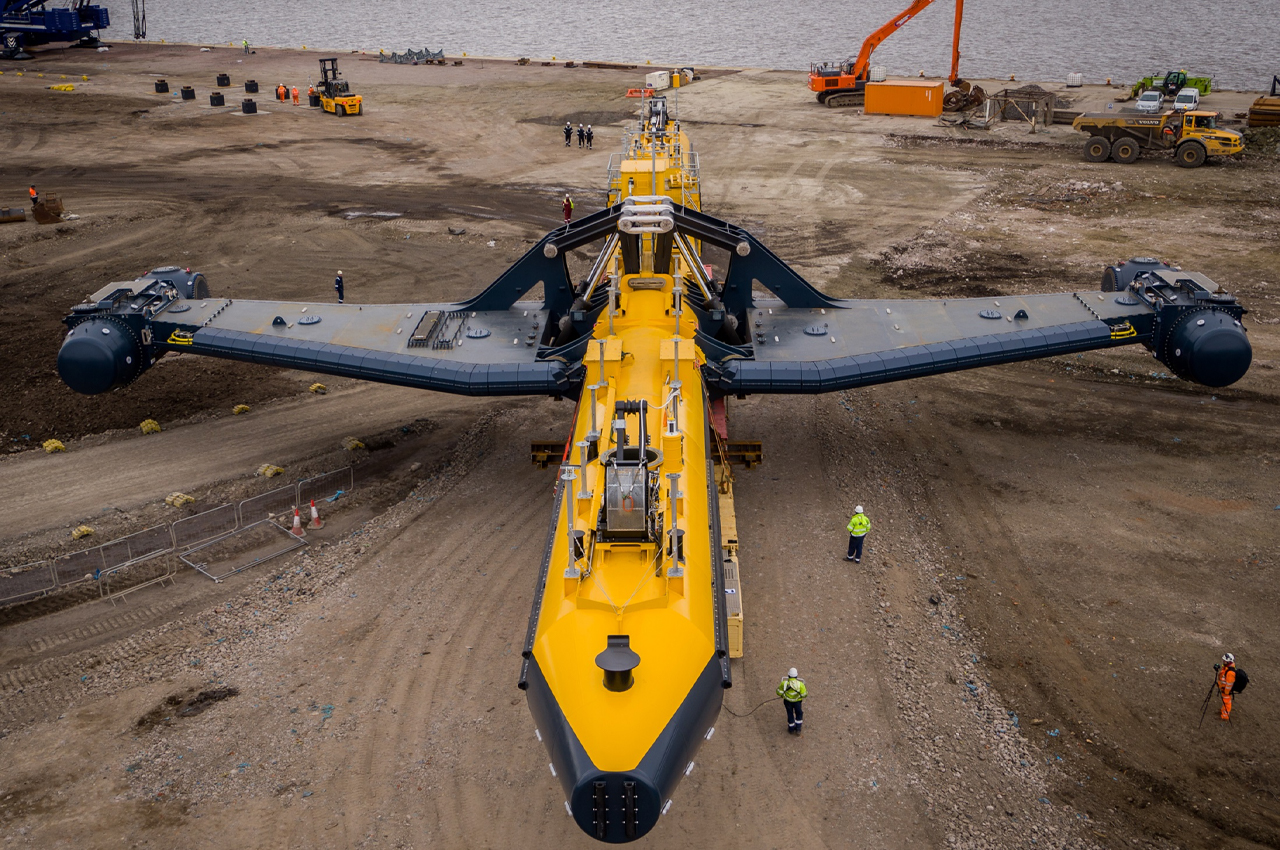



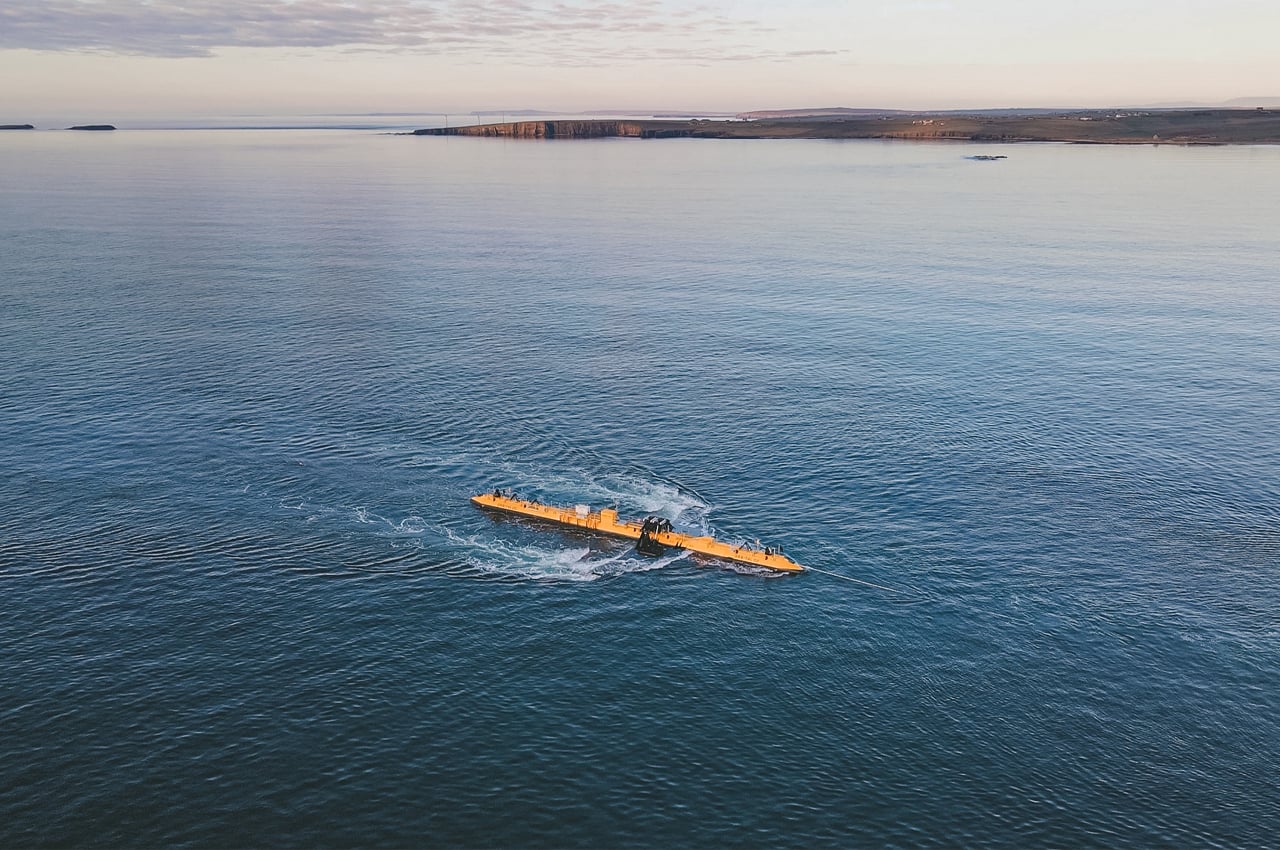
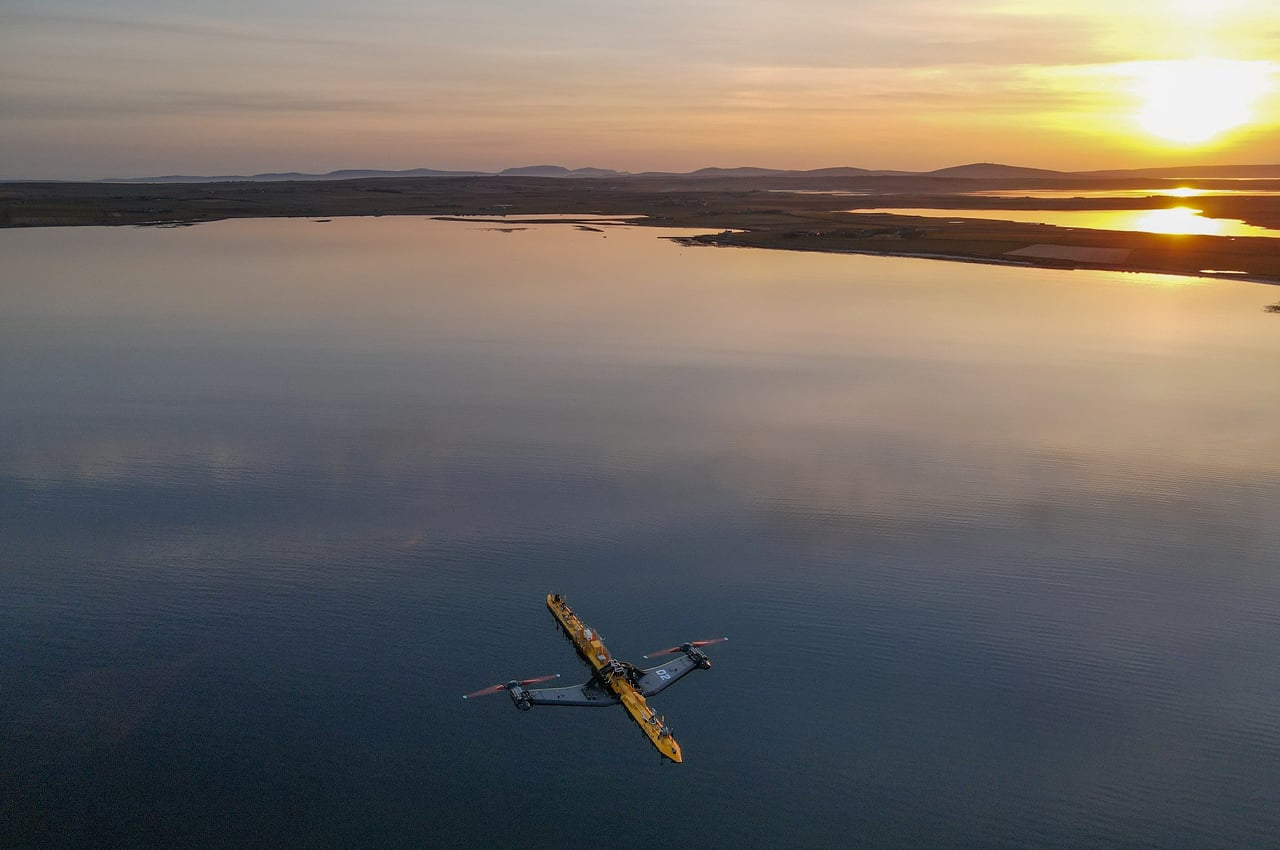
 Sony is the latest tech giant pledging to power its worldwide operations with 100 percent renewable energy. All of its 111 global business sites -- which produce everything from games consoles and semiconductors to Hollywood blockbusters -- will go g...
Sony is the latest tech giant pledging to power its worldwide operations with 100 percent renewable energy. All of its 111 global business sites -- which produce everything from games consoles and semiconductors to Hollywood blockbusters -- will go g...




